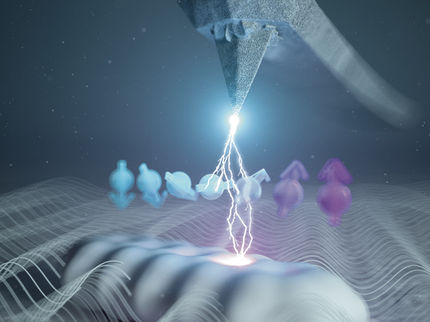The guide to biomolecular movie-making
High-speed atomic force microscopy (HS-AFM) is providing the means to produce dramatic footage of moving biomolecules, and scientists at Kanazawa University leading the field.
Toshio Ando and co-workers at Kanazawa University have developed and used HS-AFM to increase our understanding of several protein systems through microscopic movies of spatial and temporal resolution. The team have now published a guide to video recording these important cell components, so that other researchers can benefit from this unique technology.
To produce an image, HS-AFM acquires information on sample height at many points by tapping the sample with the sharp tip of a tiny cantilever. Depending on the application, this might involve recording the amplitude and phase of oscillations, or the resonant frequency of the cantilever.
Ando and co-workers use very small cantilevers that afford 10 to 20 times the sensitivity of larger, conventional cantilevers. Copies of their home-made apparatus are now commercially available through the manufacturer Research Institute of Biomolecule Metrology Co., Ltd. (RIBM) in Tsukuba, and record images at least ten times more quickly than their competitors.
In their paperthe researchers describe how to prepare substrates to hold samples during HS-AFM, and provide advice on the best ways to take advantage of the equipment. These methods have so far enabled the team to record cargo-carrying proteins ‘walking’ on cell filaments, the rotational motion of motor proteins that provide energy in cells, and the hydrolysis of cellulose. By sharing their experiences of pioneering work in this field, the entire research community will benefit, and learn ever more about the dynamics and structure of vital biological components.
Most read news
Other news from the department science

Get the analytics and lab tech industry in your inbox
By submitting this form you agree that LUMITOS AG will send you the newsletter(s) selected above by email. Your data will not be passed on to third parties. Your data will be stored and processed in accordance with our data protection regulations. LUMITOS may contact you by email for the purpose of advertising or market and opinion surveys. You can revoke your consent at any time without giving reasons to LUMITOS AG, Ernst-Augustin-Str. 2, 12489 Berlin, Germany or by e-mail at revoke@lumitos.com with effect for the future. In addition, each email contains a link to unsubscribe from the corresponding newsletter.


















































